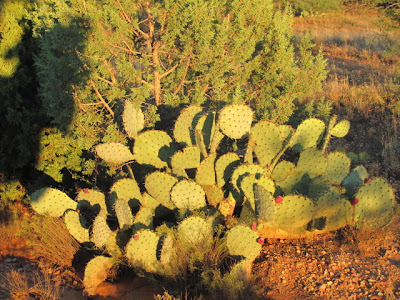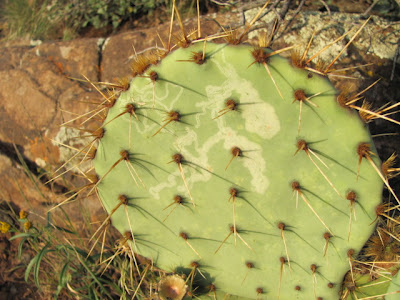
The genus name should sound familiar, since when one gets congested it's likely they are buying a product with pseudoephedrine in it. Of course, if you buy too much pseudoephedrine, you may be flagged as a potential drug dealer, since the drug is often used to make methamphetamine.
The Chinese Ephedra (E. sinica) is perhaps the most notorious; it has the alkaloids pseudoephedrine and ephedrine, both of which have been marketed as 'herbal remedies.' These products were often abused by athletes as stimulants to enhance performance. Most notably, Ephedra was linked to the deaths of Baltimore Oriole Steve Bechler and Minnesota Viking Korey Stringer. Many sports leagues, and ultimately the FDA, have banned the use of Ephedra.
This native species E. trifurca is less potent than E. sinica, but was still used by southwestern settlers as a tonic, tea, diuretic and decongestant. It was even used to treat syphilis (though I'm not sure how effective it was). Mormons, who abstain from caffeinated beverages, often drank the brew made from this plant thus accounting for Ephedra's common name - Mormon tea.
Ephedra is derivative of the ancient Greek work for horse's tail - 'Hippuris.' I have no idea what trifurca means!














































